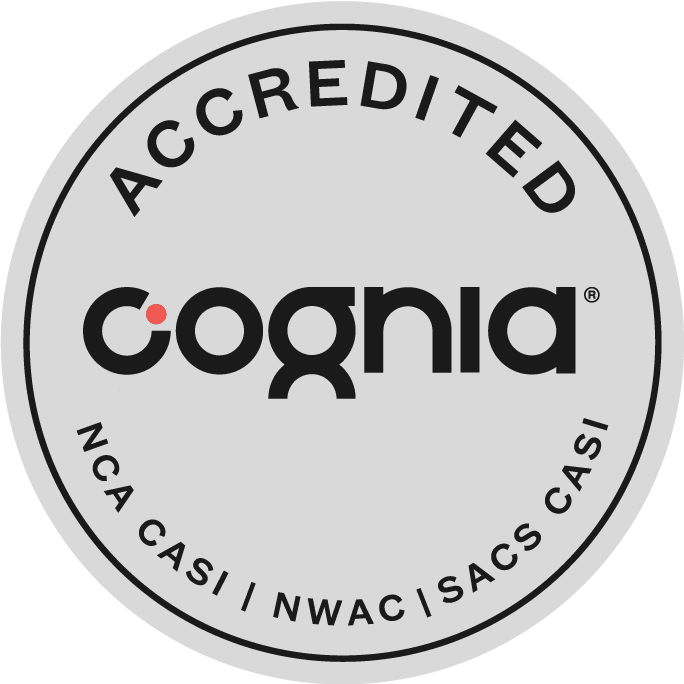What is Problem-Based Learning?
Take a little bit of creativity, add a dash of innovation, and sprinkle in some critical thinking. This recipe makes for a well-rounded and engaged student who’s ready to tackle life beyond the classroom. It’s called Problem-Based Learning (PBL), and it teaches concepts and inspires lifelong learning at the same time. This open-ended problem-based learning style presents students with a real-world issue and asks them to come up with a well-constructed answer. They can tap into online resources, use their previously-taught knowledge, and ask critical questions to brainstorm and present a solid solution. Unlike traditional learning, there might not be just one right answer, but the process encourages young minds to stay active and think for themselves.
An Overview of Problem-Based Learning
Problem-based learning (PBL) is a teaching style that pushes students to become the drivers of their learning education. Problem-based learning uses complex, real-world issues as the classroom’s subject matter, encouraging students to develop problem-solving skills and learn concepts instead of just absorbing facts.
This can take shape in a variety of different ways. For example, a problem-based learning project could involve students pitching ideas and creating their own business plans to solve a societal need. Students could work independently or in a group to conceptualize, design, and launch their innovative product in front of classmates and community leaders
Aspects of Problem-Based Learning
Problem-based learning can be applied to any school subject, from social studies and literature to mathematics and science. No matter the field,good problem-based learning approach should embody features like:
- Challenging students to understand classroom concepts on a deeper level.
- Pushing students to make decisions they’re able to defend.
- Clearly connecting current course objectives to previous courses and knowledge.
- Encouraging students to work as a group to solve the complex issue at hand.
- Engaging students to solve an open-ended problem in multiple complex stages.
Five Examples of Problem-Based Learning in Action
With a little context in mind, it’s time to take a look at problem-based learning in the real world. One of the best parts of this learning style is that it’s very flexible. The following five examples are success stories of problem-based learning in action:
1. Maritime discovery: Students explore maritime culture and history through visits to a nearby maritime museum. They’re tasked with choosing a specific voyage, researching it, and crafting their own museum display. Throughout their studies, they’ll create a captain’s log, including mapping out voyages and building their own working sextant.
2. Urban planning: Perfect for humanities classes, this example challenges students to observe and interview members of their community and determine the biggest local issue. They formulate practical solutions that they will then pitch to a panel of professional urban planners.
3. Zoo habitats: This scientific example starts with a visit to a local zoo. Students use their observations and classroom knowledge to form teams and create research-supported habitat plans, presented to professional zoologists.
4. Codebreakers: Instead of regular math lessons, let students lead with a code-breaking problem-based learning assignment. Students take on the role of a security agent tasked with decrypting a message, coding a new one in return, and presenting their findings to the classroom.
5. Financial advisors: Challenge students to step into the role of a financial advisor and decide how to spend an allotted amount of money in a way that most benefits their community. Have them present their solution and explain their reasoning to the class.
To find out more about problem-based learning at our school, ask someone in administration or talk to one of our teachers about PBL



